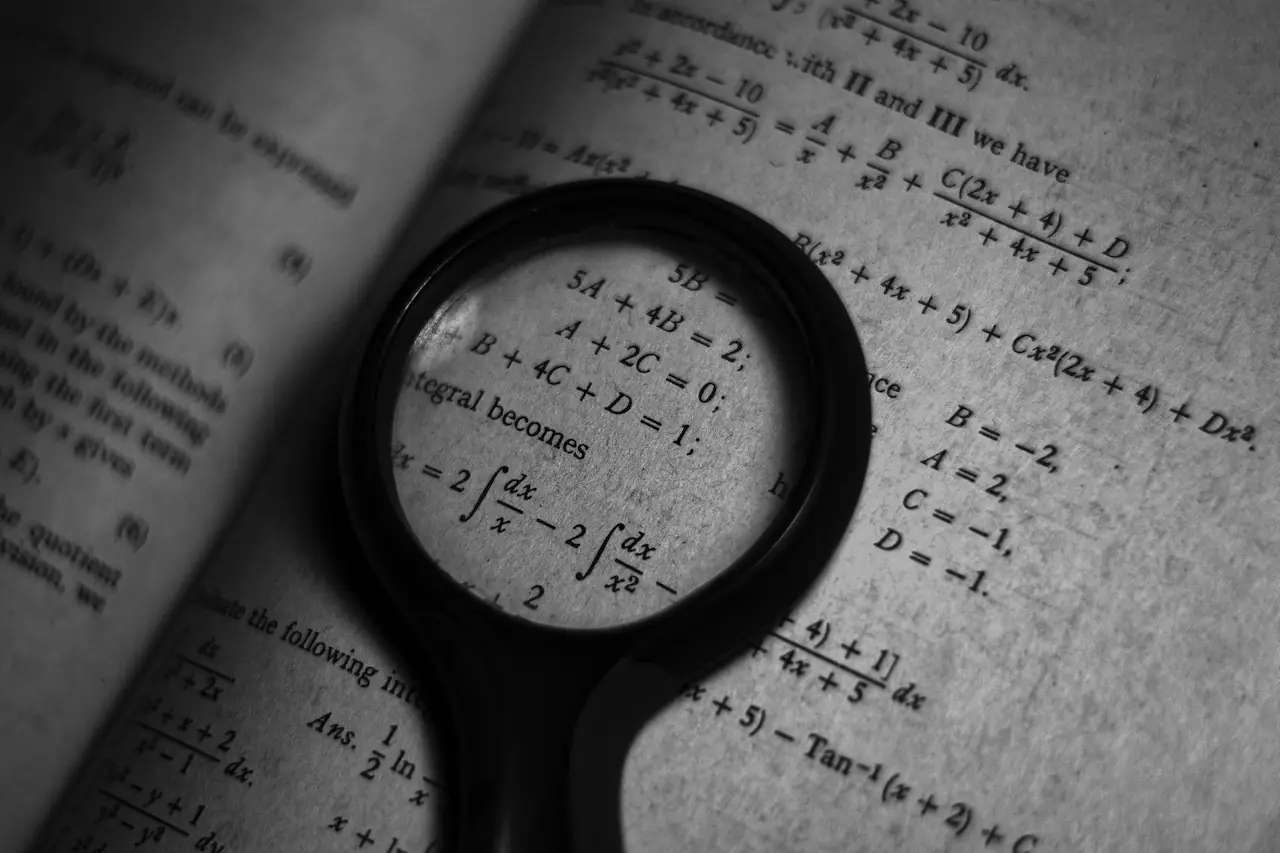There is a common misconception that betting is all about luck, which is not the case. We have math, too!
Like it or not, math is everywhere, especially in betting. If you want to create a successful strategy and squeeze out a profit, you must turn to numbers. Betting is all about calculating probabilities or chances of an event happening.
But to make it more confusing, bookmakers, instead of adding probabilities for sporting events, have decided to turn to odds. Odds reflect probabilities, and they help you calculate how much money you will win based on your bet.
So, in order to make informed decisions, you need to know how the betting process works and how to calculate probability. For instance, if you are going for Breeders’ Cup betting online, knowing which horse has the best chance to win will help you increase your winning chances.
In today’s article, we will learn more about math in betting and get some helpful insights into how the process works.
Table of Contents
Understanding Probability
Probability is the backbone of betting math. As we mentioned earlier, it is the likelihood of an event happening, expressed as a value between 0 and 1. The higher the probability, the more likely the event is to occur.
Imagine you’re rolling a fair six-sided die. There are 6 possible outcomes (1, 2, 3, 4, 5, 6), each equally likely. So, the probability of rolling any specific number is 1/6.
How to Calculate Probability?
To calculate the probability of an event, divide the number of favorable outcomes by the total number of possible outcomes. For our die example, it’s 1 (favorable outcome) divided by 6 (total possible outcomes), which equals 1/6.
How do Odds Work in Betting?
Odds are a way to express probability in a different form. They tell you how much you can potentially win and how likely (or unlikely) an event is.
Three Types of Odds
There are two common types of odds: fractional odds (e.g., 5/1) and decimal odds (e.g., 6.00), and money line (American) (e.g.,-150).
Well, this is confusing, right?

Fractional odds indicate the potential profit relative to your stake. For example, with 5/1 odds, you’ll win $5 for every $1 wagered if the event occurs.
Decimal odds include your initial stake, so 6.00 means a $1 bet yields a total return of $6.
Money line odds are quite different since they include a (+ or -) sign before the number. The odds for the favorites come with a minus sign, and the odds for the underdogs come with a positive plus sign.
The number in the money line odds with minus indicates how much money you’ll have to bet in order to win $100.
And if you see a + sign, that indicates how much money you’ll win with a $100 wager.
Converting Between Probability and Odds
Probability and odds are two sides of the same coin. You can convert probability to decimal odds by using the formula Odds = 1 / Probability. So, if an event has a 25% chance of occurring (0.25 probability), the decimal odds would be 1 / 0.25 = 4.00.
For American or moneyline odds, the formula is quite simple. You just have to divide 100 with the odds.
For example, if we take a standard odds bet at -110 the probability will be 91%.
100/110=0.909*100=91%
Betting Strategies Based on Math
The Gambler’s Fallacy
One common misconception is the “Gambler’s Fallacy,” where bettors believe that past outcomes influence future ones. In reality, each event is independent. Just because a coin landed on heads five times in a row doesn’t mean it’s more likely to land on tails next.
Kelly Criterion
The Kelly Criterion is a mathematical formula that helps bettors determine the optimal bet size to maximize their bankroll growth. It takes into account both the odds and your perceived edge in a bet.
Martingale System
The Martingale betting system involves doubling your bet after each loss, with the idea that a win will eventually cover your losses. But beware, it can lead to substantial losses if you hit a losing streak.
What’s the Expected Value (EV)?

Expected Value is a critical concept in betting math. It helps you assess the potential value of a bet by considering both the odds and the probability of an event.
Calculating EV
The formula for EV is simple: EV = (Probability of Winning * Potential Profit) – (Probability of Losing * Amount Wagered).
If the EV is positive, it’s a good bet; if it’s negative, it’s not worth it.
Why Bankroll Management Matters
Bankroll management is crucial to ensure you don’t deplete your funds too quickly. It helps you withstand losing streaks and play responsibly. A common rule is to never bet more than 1-2% of your bankroll on a single bet. This minimizes the risk of losing everything in one go.
Spreading your bets across different events or games reduces the impact of losses on your bankroll.
Final Words
So, there you have it! Betting isn’t just about gut feelings and luck; it’s a realm governed by mathematics. Understanding probability and odds and employing smart strategies like the Kelly Criterion and proper bankroll management can give you a significant advantage.
Now, armed with this knowledge, you’re better prepared to navigate the thrilling world of betting. Remember, it’s not just about winning but also about enjoying the ride with a touch of wit and wisdom.
Brian, the dedicated Editor and Education Enthusiast at Faspe, is a dynamic force breathing life into the realm of education. Grounded in pedagogical expertise and fueled by boundless passion, Brian enriches the team with extensive experience, curating resources that inspire educators and students alike. His unshakable faith in the transformative power of education propels individuals to reach for the stars on their educational journey.

